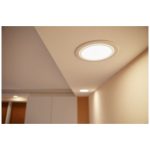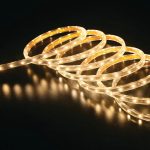LED Light Bulbs: A Comprehensive Guide on How to Choose the Best for Your Home

Light-emitting diode (LED) light bulbs have become increasingly popular in recent years, and for good reason. Not only are they more energy-efficient than traditional incandescent bulbs, but they also last longer and produce less heat. This comprehensive guide aims to provide you with all the information you need to choose the best LED light bulbs for your home, from understanding the different types of LED bulbs to knowing what to look for when shopping. One of the key benefits of LED light bulbs is their energy efficiency. Unlike traditional incandescent bulbs, which waste up to 90% of their energy as heat, LED bulbs use up to 75% less energy and last up to 25 times longer. This makes them a great option for anyone looking to reduce their energy bills and carbon footprint. However, with so many different types of LED bulbs available, choosing the right one for your home can be overwhelming. This guide will break down the different types of LED bulbs, their pros and cons, and what to consider when selecting the best one for your needs.
LED lights, or light-emitting diodes, have come a long way since their invention in the 1960s. Originally used in electronic devices, they were not widely used for lighting until the 1990s. Since then, LED technology has rapidly advanced, and today, LED lights are widely used in homes, businesses, and public spaces. The advantages of LED lights over traditional bulbs are numerous. LEDs are more energy-efficient, last longer, and produce less heat. They are also more durable and can withstand shock and vibration, making them ideal for outdoor and industrial settings. Additionally, LED lights are available in a wide range of colors and can be dimmed, making them a versatile lighting option for any setting.
Choosing the right LED light bulb for your home is crucial as it directly impacts your home’s energy efficiency, ambiance, and overall aesthetics. The right LED bulb can not only save you money on your electricity bill but can also provide a comfortable and pleasant lighting experience. It is essential to consider factors such as color temperature, brightness, and compatibility with your fixtures before purchasing an LED bulb. By selecting the right LED bulb, you can create a welcoming and cozy atmosphere in your home while simultaneously reducing your carbon footprint.
Factors to Consider When Choosing LED Light Bulbs
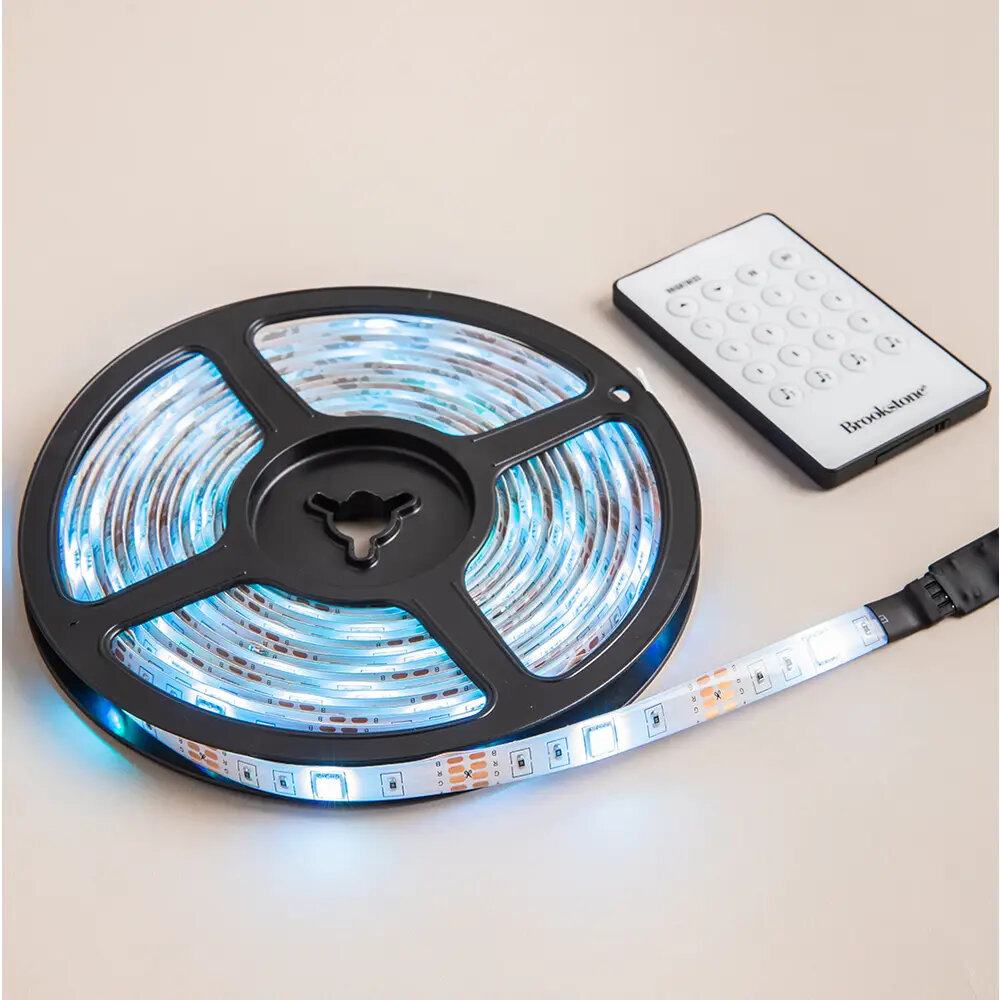
Choosing the right LED light bulbs for your home can make all the difference in creating the right ambiance and atmosphere. However, with so many options available, it can be overwhelming to know where to start. There are several factors to consider when choosing LED light bulbs, including brightness, color temperature, wattage, and dimmability. Firstly, brightness is measured in lumens, and the higher the number, the brighter the bulb. It’s important to consider the intended use of the bulb, as different rooms or spaces may require different levels of brightness. For example, a living room may require a brighter bulb than a bedroom. Additionally, the color temperature of the bulb can also impact the ambiance of the room. Warm white bulbs, which have a lower color temperature, create a cozy, intimate atmosphere, while cool white bulbs, with a higher color temperature, create a brighter, more energizing atmosphere. Secondly, wattage is an important consideration when choosing LED light bulbs. While traditional incandescent bulbs were measured in watts, LED bulbs use much less energy for the same level of brightness. When choosing LED bulbs, it’s important to consider the lumens, rather than the watts, to ensure you’re getting the desired level of brightness. Additionally, dimmable LED bulbs are a popular choice for creating a more customizable ambiance in the home. However, it’s important to ensure that the bulbs are compatible with your existing dimmer switch before making a purchase. Taking the time to consider these factors when choosing LED light bulbs can help you create the perfect ambiance in your home, while also saving energy and money in the long run.
When it comes to choosing LED light bulbs for your home, understanding wattage and brightness is crucial. Wattage refers to the amount of energy consumed by the bulb, while brightness refers to the amount of light emitted by the bulb. In the past, consumers would choose a bulb based on its wattage, assuming that higher wattage meant brighter light. However, with the advent of LED technology, this is no longer the case. LED bulbs consume much less energy than traditional incandescent bulbs, meaning that a lower wattage LED bulb can provide the same or even brighter light than a higher wattage incandescent bulb. When choosing an LED bulb, look for its lumens rating, which measures the brightness of the bulb. The higher the lumens, the brighter the light.
Color temperature and CRI are two important factors to consider when choosing LED light bulbs for your home. Color temperature refers to the perceived warmth or coolness of the light emitted by the bulb, measured in Kelvin. A lower Kelvin value (e.g. 2700K) produces a warm, yellowish light similar to traditional incandescent bulbs, while a higher Kelvin value (e.g. 5000K) produces a cool, bluish-white light. CRI, or color rendering index, measures how accurately a light source reproduces colors compared to natural sunlight. A higher CRI value (out of 100) means that colors appear more vibrant and true to life. Choosing the right color temperature and CRI can have a significant impact on the ambience and functionality of your space, so it’s important to consider your specific needs and preferences before making a purchase.
When it comes to LED light bulbs, one important factor to consider is the base type and size. There are various base types, such as Edison screw, bayonet, and bi-pin, each with their own specific size and shape. It’s important to choose the correct base type and size to ensure that the bulb fits properly into your light fixture. Additionally, some light fixtures may only be compatible with certain base types and sizes, so it’s important to check the specifications before purchasing LED light bulbs. By selecting the correct base type and size, you can ensure that your LED light bulbs will function properly and provide long-lasting, energy-efficient lighting for your home.
Dimming capabilities refer to the ability of LED light bulbs to adjust their brightness levels. This feature has become increasingly popular as it allows users to control the intensity of light according to their specific needs and preferences. Dimming can also help to conserve energy and extend the lifespan of bulbs. However, it is important to note that not all LED bulbs are created equal in terms of their dimming capabilities. Some may flicker or produce uneven lighting when dimmed, while others may not be compatible with certain types of dimmer switches. Therefore, it is crucial to choose LED bulbs that are specifically designed for dimming and to ensure that they are compatible with your existing dimmer switch.
Energy efficiency is a crucial factor to consider when choosing LED light bulbs for your home. Not only do LED bulbs use significantly less energy than traditional incandescent bulbs, but they also have a longer lifespan, reducing the need for frequent replacements. By investing in LED bulbs, you can not only save money on your electricity bill, but also reduce your carbon footprint and contribute to a more sustainable future. LED bulbs may have a higher upfront cost, but the long-term cost savings make them a smart investment for any homeowner. Additionally, the variety of color temperatures and bulb shapes available with LED bulbs allows for customizable lighting solutions that can enhance the ambiance and functionality of any room in your home.
The lifespan and warranty of LED light bulbs are important factors to consider when choosing the best for your home. LED bulbs have a longer lifespan compared to traditional incandescent bulbs, with some lasting up to 25,000 hours or more. This means that you will not have to replace them as frequently, saving you money in the long run. In addition, LED bulbs come with warranties that can range from one to ten years, giving you peace of mind that you are getting a quality product. When selecting LED bulbs, it is essential to check the lifespan and warranty to ensure that you are making a wise investment.
Types of LED Light Bulbs
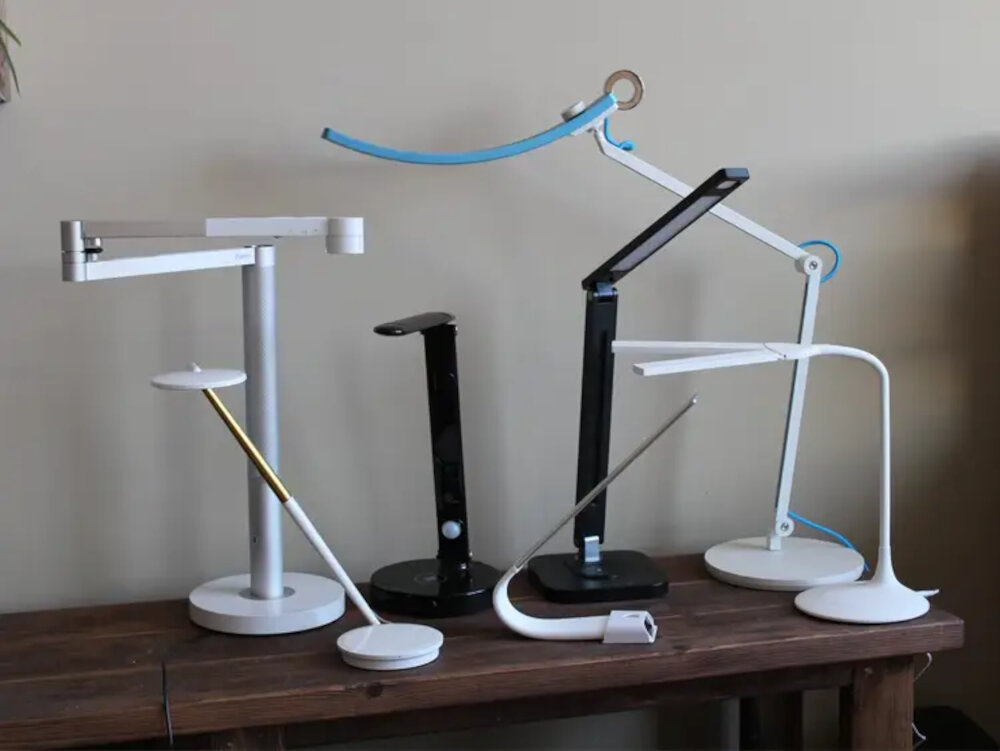
LED light bulbs have become increasingly popular in recent years due to their energy efficiency, long lifespan, and versatility. There are several types of LED light bulbs available on the market, each with its own unique features and benefits. The most common types of LED light bulbs include A-shaped, globe, flood, and tube-shaped bulbs. A-shaped bulbs are the most common type of LED bulb and are designed to replace traditional incandescent bulbs in fixtures such as table lamps, floor lamps, and ceiling fixtures. Globe bulbs are similar to A-shaped bulbs but have a rounder shape and are often used in bathroom vanities or decorative light fixtures. Flood bulbs, on the other hand, are designed to cast light over a wider area and are commonly used in outdoor fixtures or in recessed lighting in kitchens and living rooms. Tube-shaped bulbs are often used in commercial settings or in fixtures such as under-cabinet lighting. Another type of LED light bulb that has gained popularity in recent years is the smart LED bulb. These bulbs can be controlled through a smartphone app or voice commands and can be programmed to turn on and off at specific times or to change colors. Smart LED bulbs are often used in home automation systems to create a personalized lighting experience. Another feature to consider when choosing LED light bulbs is the color temperature. Color temperature is measured in Kelvins (K) and ranges from warm, yellowish tones (2700K) to cool, bluish tones (5000K or higher). The color temperature you choose can affect the ambiance of a room and can be used to create a cozy, warm atmosphere or a bright, energizing one.
A19 bulbs are a type of LED light bulb that is commonly used in residential settings. They are designed to fit into standard light fixtures and provide a warm, inviting light that is similar to traditional incandescent bulbs. A19 bulbs are energy-efficient and long-lasting, making them a popular choice for those looking to save money on their energy bills and reduce their carbon footprint. They are available in a range of brightness levels and color temperatures, allowing homeowners to choose the perfect bulb for any room in their home. With their long lifespan and low energy consumption, A19 bulbs are an excellent investment for any homeowner looking to upgrade their lighting.
BR bulbs, also known as bulged reflector bulbs, are a type of LED light bulb that has a reflective coating inside the bulb to direct the light in a specific direction. These bulbs are often used for recessed lighting fixtures and can provide a focused and bright light in the intended area. They come in a variety of sizes and wattages, making them a versatile option for different lighting needs. BR bulbs are also energy-efficient, consuming less power than traditional incandescent bulbs while lasting longer. They are a great choice for anyone looking to upgrade their home lighting system to a more efficient and effective option.
PAR bulbs, also known as Parabolic Aluminized Reflectors, are light bulbs that use a reflective surface to direct light in a specific direction. These bulbs are often used in track lighting, recessed lighting, and display lighting as they provide a bright and focused beam of light. PAR bulbs come in different sizes and beam angles, which allow for greater flexibility in lighting design. While traditional PAR bulbs use incandescent or halogen technology, there are now LED PAR bulbs available that offer significant energy savings and longer lifespan. When choosing the best PAR bulb for your home, consider the size of the room, the type of lighting needed, and the desired ambiance.
MR bulbs, also known as multifaceted reflector bulbs, are a type of halogen bulb commonly used for directional lighting. They are distinguished by their reflective coating, which directs the light in a specific direction, making them ideal for track lighting, recessed lighting, and landscape lighting. Although they are not as energy-efficient as LED bulbs, they are still popular for their bright, focused light and versatility. They come in a range of sizes and wattages, and their lifespan can be extended by using a lower wattage bulb or dimmer switch. MR bulbs are a great option for those who want a bright, focused light for specific areas in their home.
Globe bulbs, also known as spherical bulbs, are a popular choice for decorative lighting fixtures. They come in various sizes, from small candelabra bulbs to larger ones used in pendant lights or chandeliers. Globe bulbs emit a warm, soft light that creates a cozy and inviting atmosphere in any room. They are also available in LED versions, which offer energy efficiency and longer lifespan compared to traditional incandescent bulbs. When choosing globe bulbs for your home, consider the color temperature, wattage, and dimmability options to ensure they meet your lighting needs and preferences.
How to Install LED Light Bulbs

Installing LED light bulbs is a straightforward task that can be easily done in a matter of minutes. Before you begin the installation process, make sure to turn off the power supply to the light fixture. This will help prevent any accidents or electrical shocks. Next, remove the old light bulb from the fixture by gently twisting it counterclockwise until it comes loose. Once the old bulb is removed, take the new LED bulb and insert it into the fixture. Make sure to gently twist the bulb clockwise until it is secure. Finally, turn on the power supply to the light fixture and test out the new LED bulb to ensure it is working properly. When choosing LED light bulbs for your home, it is important to consider the color temperature and brightness level. LED bulbs come in a variety of color temperatures ranging from warm white to cool white. Warm white bulbs emit a soft, yellowish glow while cool white bulbs emit a bright, bluish light. The brightness level of the bulb is measured in lumens, with higher lumens indicating a brighter bulb. Consider the room you are installing the bulb in and the intended use of the light when choosing the color temperature and brightness level. For example, warm white bulbs are ideal for bedrooms and living rooms where a cozy atmosphere is desired, while cool white bulbs are better suited for workspaces and kitchens where bright light is needed.
When it comes to LED light bulbs, it is important to prioritize safety precautions. First and foremost, make sure that the bulbs you purchase are certified by a recognized organization, such as UL or ETL. Always follow the manufacturer’s instructions for installation and usage, and never exceed the recommended wattage for your fixtures. It is also important to handle LED bulbs with care, as they can be fragile and easily broken. Finally, make sure to dispose of your old bulbs properly, as they can contain hazardous materials such as mercury. By taking these safety precautions, you can ensure that your LED light bulbs are not only energy-efficient and cost-effective, but also safe for you and your household.
When it comes to screw-in bulbs, it’s important to first ensure that the wattage of the bulb is compatible with the fixture. Next, turn off the power to the light fixture and let the bulb cool down if it had been in use. Carefully unscrew the old bulb, and then screw in the new bulb until it’s snugly in place. For pin-based bulbs, first ensure that the bulb base matches the socket, and then insert the pins into the corresponding sockets. Gently push and twist the bulb until it clicks into place. It’s important to not force the bulb into the socket, as this can cause damage. As with screw-in bulbs, ensure that the wattage is compatible with the fixture and turn off the power before replacing the bulb.
Installing LED light bulbs in your home can be a great way to save money on energy bills and reduce your carbon footprint. However, sometimes the installation process can encounter common issues that you need to troubleshoot. One common issue is incompatible fixtures, which can cause flickering or buzzing sounds. Another issue is the incorrect wattage, which can cause the bulb to burn out quickly or not work at all. Additionally, make sure to check that the bulb is properly screwed in and the power source is connected correctly. If all else fails, consult the manufacturer’s instructions or seek professional help. By troubleshooting these common installation issues, you can enjoy the benefits of LED lighting in your home.
Tips for Maximizing LED Light Bulb Performance
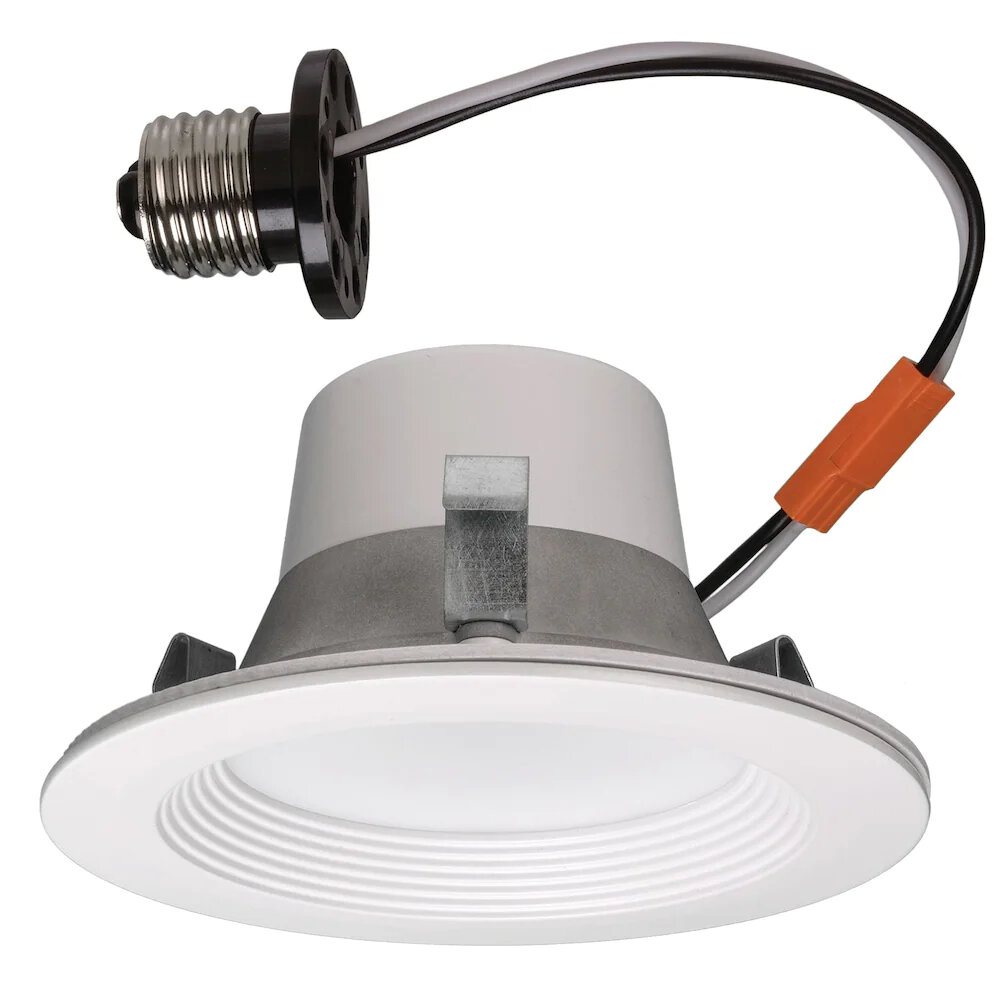
LED light bulbs are becoming increasingly popular in homes all around the world. Not only do they consume less energy, but they also last longer than traditional incandescent bulbs. However, to maximize their performance, it’s important to take a few factors into consideration. Firstly, it’s important to choose the right bulb for the intended purpose. For example, a bulb with a higher lumen output is better suited for larger rooms, while a lower output is better for smaller rooms. Similarly, a bulb with a warmer color temperature is more suitable for bedrooms and living rooms, while a cooler temperature is better for workspaces. Another important factor to consider is the placement of the bulb. LED bulbs emit light in a specific direction, unlike traditional bulbs that emit light in all directions. Therefore, it’s important to choose the right bulb for the fixture and to ensure that the bulb is placed in the right position. For example, a bulb with a wide beam angle is better suited for overhead lighting, while a narrow beam angle is better for spotlighting. By taking these factors into consideration, homeowners can maximize the performance of their LED bulbs and enjoy their benefits for years to come.
When choosing LED light bulbs for your home, it’s important to also consider using appropriate dimmer switches to control your lighting levels. Dimmer switches allow you to adjust the brightness of your lights according to your needs, creating a cozy and comfortable atmosphere. However, not all LED bulbs are compatible with all dimmer switches, and using the wrong combination can result in flickering, buzzing, or even damage to your bulbs. Therefore, it’s crucial to select dimmer switches that are specifically designed for LED bulbs, and to make sure that the bulbs you choose are labeled as dimmable. This will ensure that you can enjoy the full benefits of your LED lighting, while also saving energy and money.
Proper ventilation is a crucial factor to consider when using LED light bulbs in your home. Since these bulbs emit less heat than traditional incandescent bulbs, it is easy to overlook the importance of ensuring adequate airflow around them. Overheating can cause the bulbs to fail prematurely, reducing their lifespan and efficiency. Therefore, it is essential to keep the area around the bulbs clear of any obstructions that could impede airflow. Additionally, installing a ventilation system or using a fan can help to circulate air and keep the bulbs cool. By maintaining proper ventilation and avoiding overheating, you can enjoy the full benefits of LED light bulbs in terms of energy efficiency, longevity, and cost savings.
When choosing LED light bulbs for your home, it’s important to avoid incompatible fixtures or sockets. Not all LED bulbs are compatible with all fixtures, and using the wrong combination can result in poor performance, flickering, or even damage to the bulb or fixture. To avoid this, check the packaging or manufacturer’s website for compatibility information before purchasing. It’s also a good idea to double-check the size and shape of the bulb to ensure it will fit properly in your fixture. Taking the time to choose the right bulb for your fixture will ensure optimal performance and longevity of your LED lighting.
Cleaning and replacing bulbs as needed is an important aspect of LED light bulb maintenance. Over time, dust and dirt can accumulate on the surface of the bulb, which can reduce its brightness and lifespan. To clean the bulb, turn off the power and use a soft, dry cloth or a microfiber cloth to wipe away any dirt or debris. If the bulb has become damaged or has stopped working, it’s important to replace it promptly to ensure that your lighting remains consistent and effective. When choosing a replacement bulb, look for one that matches the wattage and base type of the old bulb, and consider upgrading to a more energy-efficient LED bulb for long-term savings.
When it comes to choosing LED light bulbs for your home, there are several key considerations to keep in mind. First and foremost, it’s important to consider the brightness and color temperature of the bulb, as this will have a significant impact on the ambiance of your space. Additionally, you’ll want to think about the bulb’s energy efficiency and lifespan, as well as its compatibility with any dimmer switches or fixtures you may have. Other factors to consider include the bulb’s size and shape, its price point, and any additional features it may offer, such as smart home connectivity or voice control. By taking these factors into account, you can ensure that you choose the best LED light bulbs for your home that meet your needs and preferences.
Investing in quality LED bulbs for your home is a smart decision that can lead to significant long-term cost savings and environmental benefits. Although LED bulbs may cost more upfront compared to traditional incandescent bulbs, they have a longer lifespan and use less energy, resulting in lower electricity bills and fewer trips to the store to replace burnt-out bulbs. Not only do LED bulbs save you money, but they also have a positive impact on the environment by reducing energy consumption and greenhouse gas emissions. Additionally, LED bulbs do not contain hazardous materials like mercury, making them safer to dispose of and better for the environment. By choosing quality LED bulbs for your home, you can enjoy a brighter, more energy-efficient environment while contributing to a cleaner, healthier planet.
Conclusion
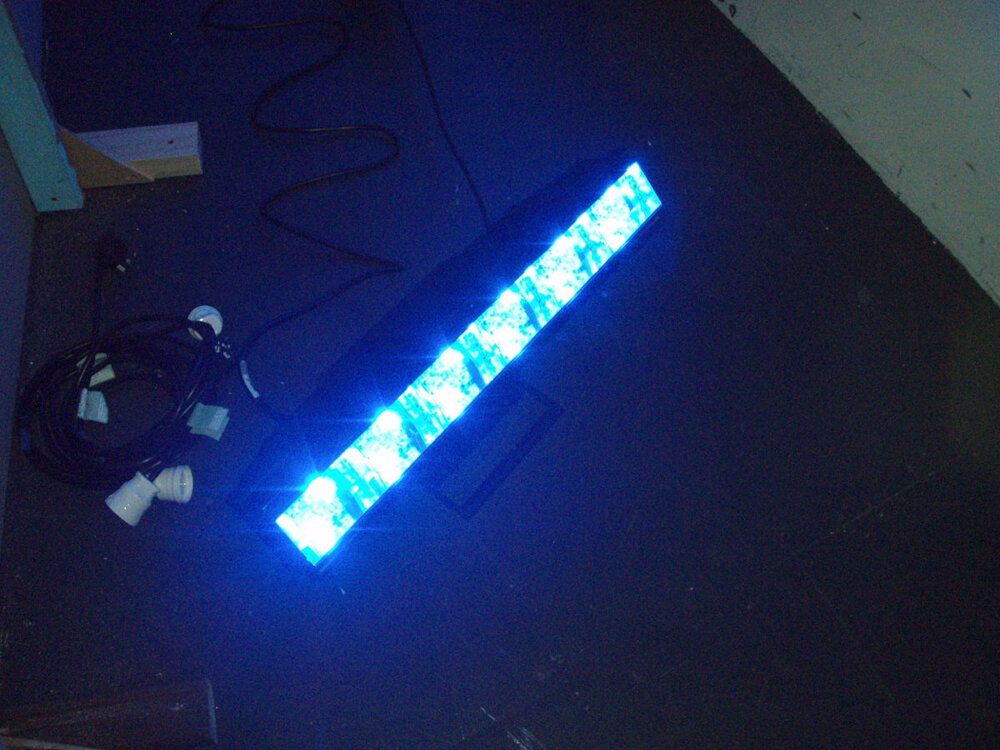
In conclusion, LED light bulbs offer numerous benefits for homeowners, including energy efficiency, long lifespan, and a variety of options in terms of color and brightness. When choosing the best LED light bulbs for your home, it is important to consider factors such as wattage, color temperature, and dimmability. Additionally, it is crucial to purchase high-quality bulbs from reputable brands to ensure longevity and optimal performance. By taking these factors into account, you can transform your home lighting system into an eco-friendly and cost-effective solution that enhances the ambiance and functionality of your living space.


